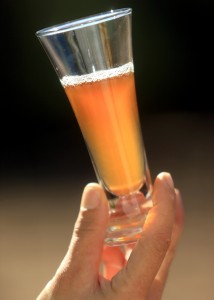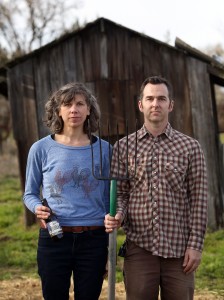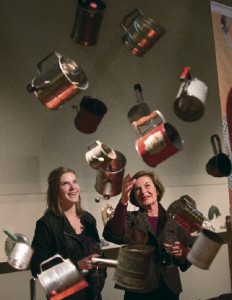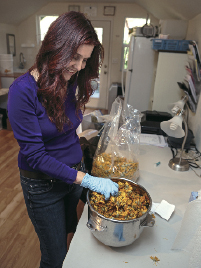Someday you’ll be able to travel from Cloverdale to Larkspur and back without driving your car.
Thinking of the train on the new Sonoma Marin Rail Transit (SMART) system? Well yes, that too. After years of debate, its first phase is expected to connect Santa Rosa and San Rafael by early 2016.
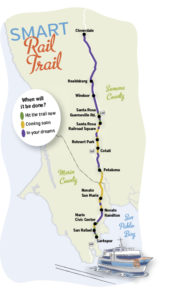
But just as significant — some might say more so — is the 71-mile pathway being created parallel to the train tracks that will allow walkers and cyclists to move from Cloverdale all the way down to Larkspur, where they can find the San Francisco ferry. The trail, 54 miles of off-road path and 17 miles on city streets, may be part of the larger rail project but it is on a separate construction track.
Already there are parts of it you can enjoy.
Ultimately the trail will connect 10 cities, 14 SMART stations and thousands of people in Sonoma and Marin counties. Of course, it’s not as simple as it might sound. With two counties, 10 cities and Caltrans involved, you knew it wouldn’t be.
Of the 47 segments along the length of the trail, a whopping 22 of them are currently the stuff of dreams. The latest government analysis pushes them off into a vague future, kept on the drawing board by cost or technical complexity.
Sections of the trail already exist in stretches previously built by counties or cities, and will be folded into the larger pathway from Cloverdale to Larkspur. That includes a stretch of the Joe Rodota Trail in Sonoma County and several segments in southern Marin County.
Just last fall, a short section opened in Santa Rosa, running from Eighth Street to West College Avenue, just north of Railroad Square. It’s already popular with cyclists and walkers.
The rest won’t exactly be built in order, from one end of the line to the other. Some of the cities will create their pieces of the trail in a kind of patchwork as staffing, weather and funding allow. Most of the trail will be built by SMART.
In the meantime, follow our map, at least with your eyes. Covering that ground on foot will come later. Seven new sections are ready to be assigned to contractors, and should be finished in late 2014 or early 2015.
As for a date when the very last stretch of pathway will be finished? We wouldn’t even venture a guess.




